
Prints a number of variables or functions to console. Useful as a progress indicator or for debugging.

This operator allows declaring variables, records and arrays. The size of an array can be computed from a formula. All values may be changed by later assignments.
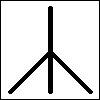
Allows to calculate the number of the edge that is followed to the next operator. The edges are numbered from left to right, starting with 0. If there is no edge with this number, execution returns immediately to the calling node.

This operator allows calling another model graph or recursions. It has input and output parameters that are accessible as variables in the called model graph. The parameters are extracted from the start operator of the called model graph, if present. The path of the called model graph may either be relative or absolute, but relative paths are recommended.

Compares pairs of values using one of the operands <, <=, =, >, >=, != or <>. The may be one comparison per outgoing edge, and an additional edge may be used in case all comparisons failed, as an "else" branch.

Defines a number of points that can be edited in the attribute editor or moved by the mouse. Every time the points are moved, the model graph is restarted. By evaluating the points as < OperatorName > .points to derive things as a length, radius or angles, the user can change the model interactively using the mouse.

Counts a variable from start to an end value, and calls all subsequent nodes for each value.

This operator changes or creates nothing. It merely visits its subsequent nodes and may is useful for controlling the order of execution.

Creates a standard OpenGL light source with a position, color atenuation values.

Loads a number of variables from a file
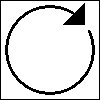
This operator should be placed in a loop and aborts execution of the loop after a specified number of executions. Usually, ForOperator is better replacement.

Multiplies objects created by subsequent nodes along a vector either by creating distinct objects or instancing a single object several times.
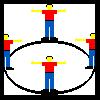
Multiplies objects created by subsequent nodes on a circle either by creating distinct objects or instancing a single object several times.

Instead of creating geometry for delayed rendering, this operator calls its children for immediate display. Unfortunately, it does not currently work.
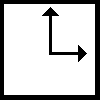
Rotates subsequent nodes around given axis by given angle.

Saves variables to an XML file.
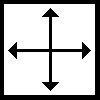
Scales subsequent nodes.

Offers a simple method for changing the central parameters of a model graph. In addition, the parameters defined where are those displayed if the model graph is run from another model graph, using CallOperator.
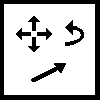
Transforms subsequent nodes by a freely definable matrix.
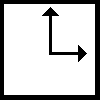
Translates subsequent nodes.

Halts execution until the specified time is up. Useful for reducing CPU usage in combination with RenderOperator.

Executes its child nodes while the specified condition holds.